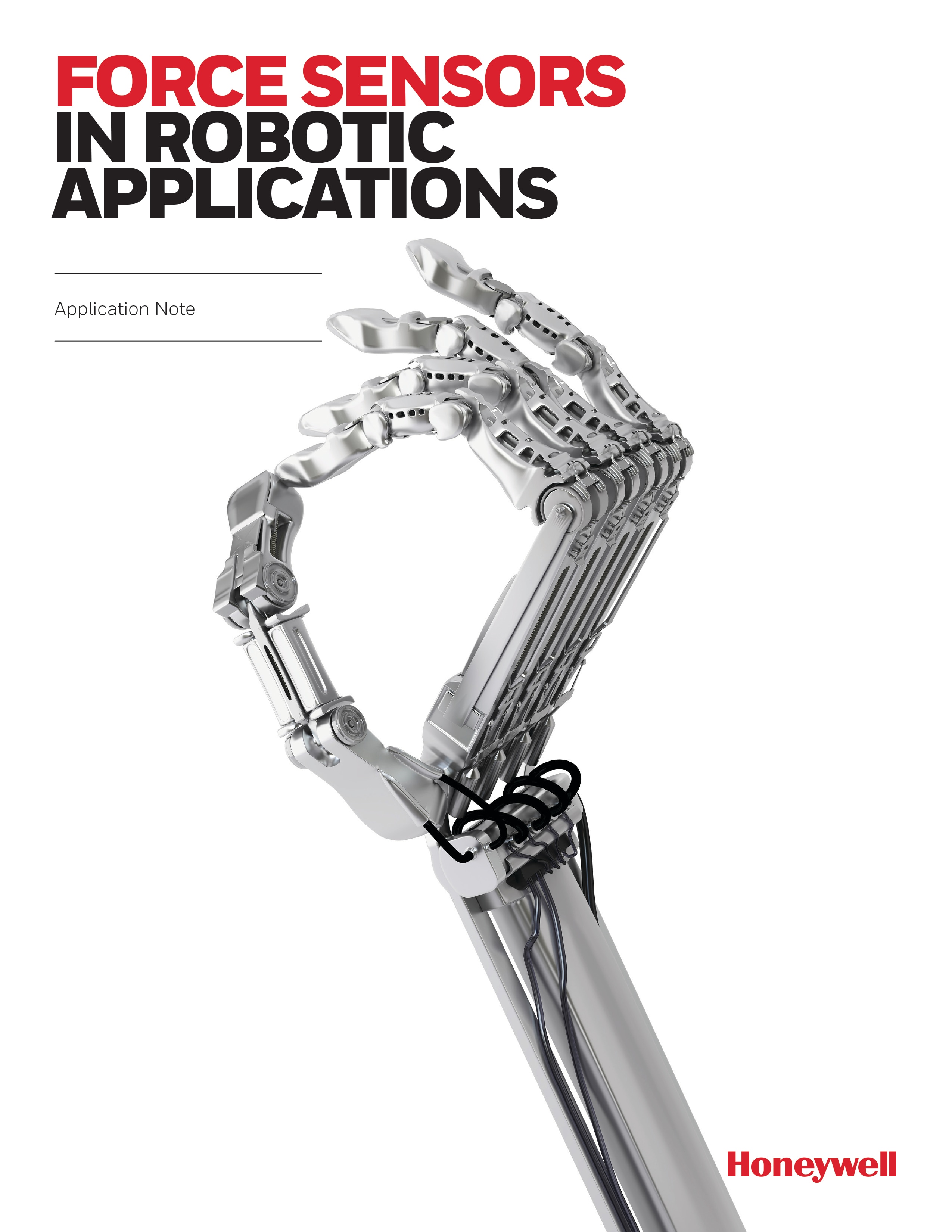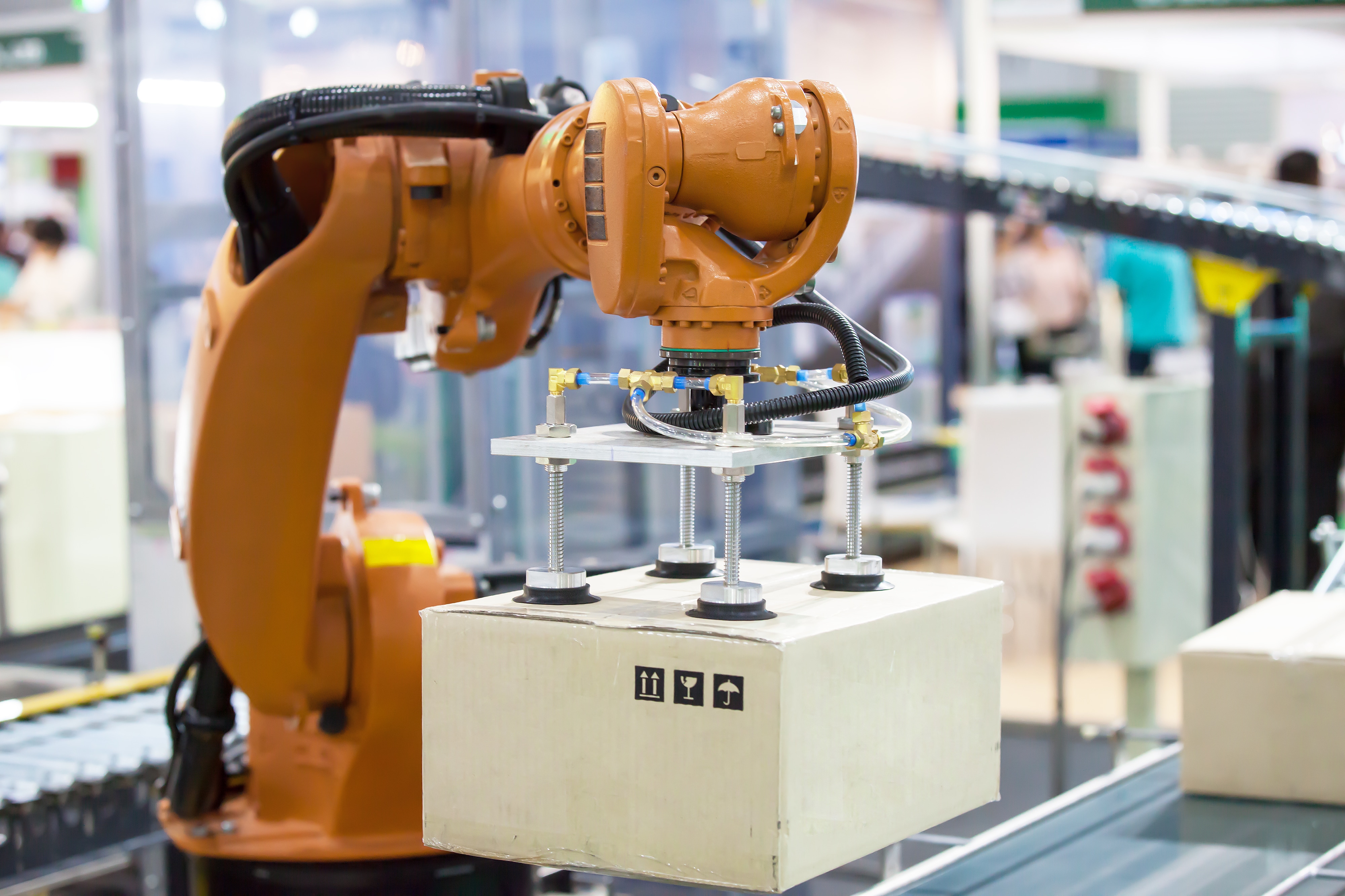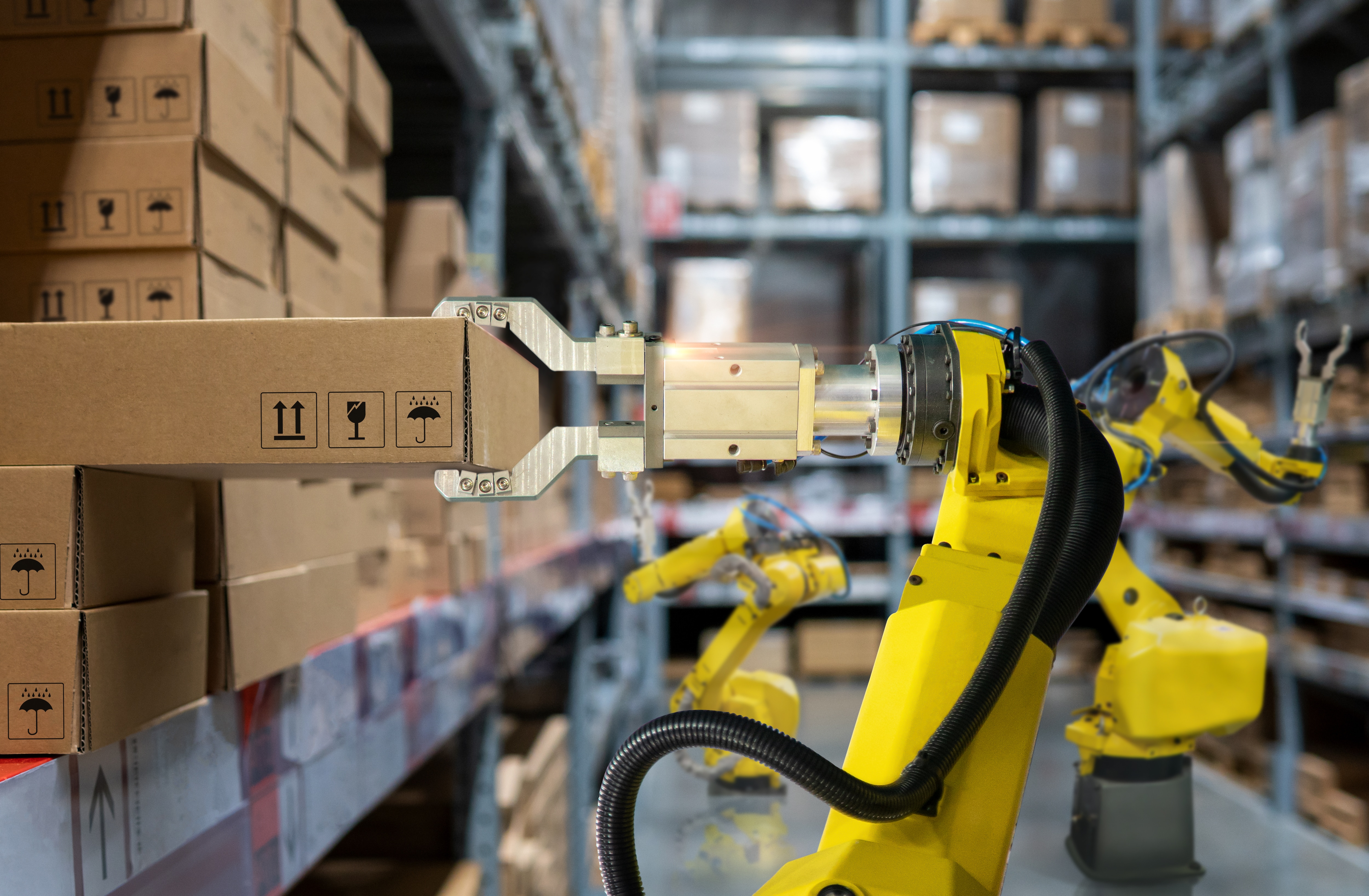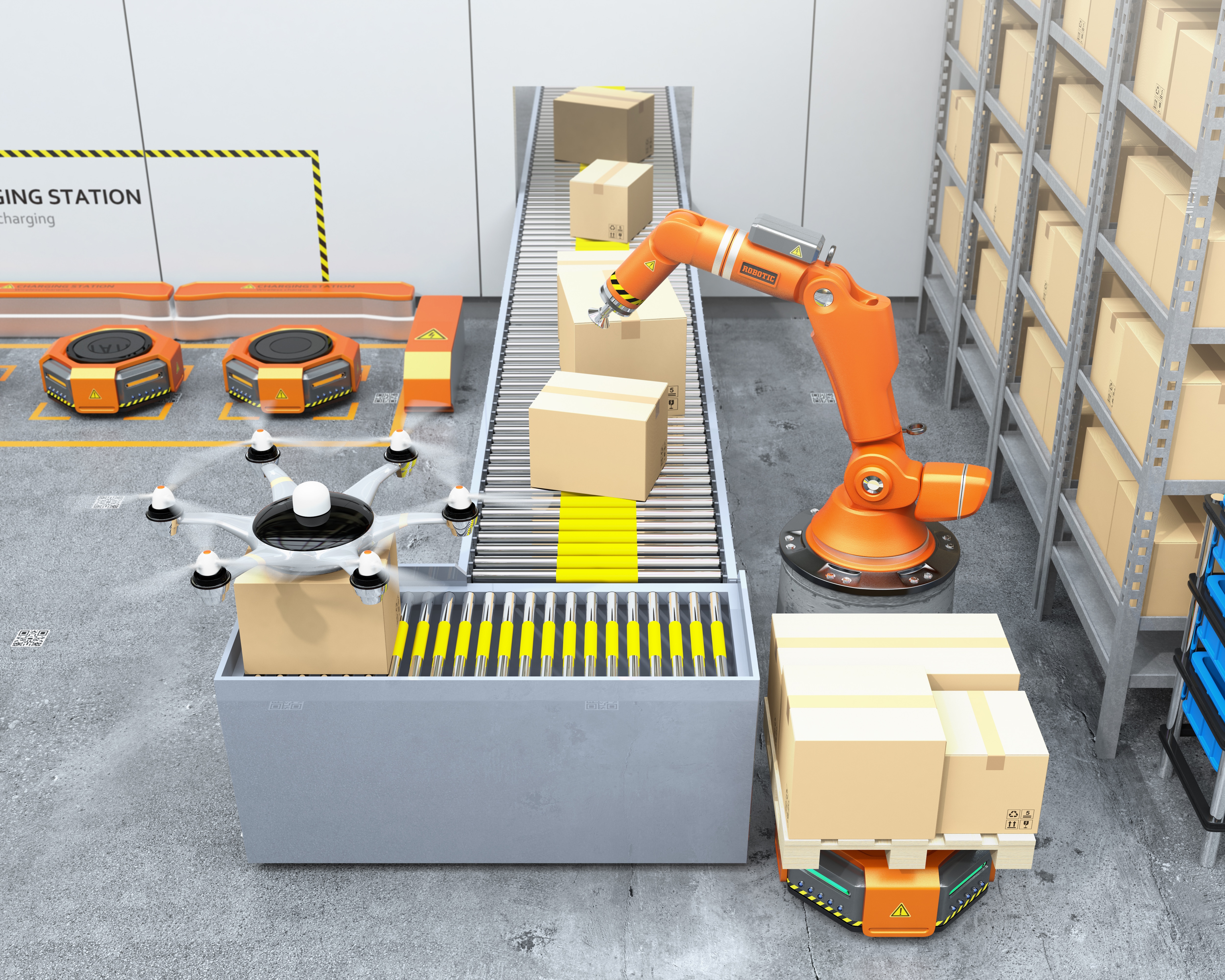Building on the strength of our past expertise, we keep focused on the future. Honeywell continues to design innovative solutions for solving multi-faceted applications.
Growth expected for the global warehouse robotics sector by 20251
$6.8 billion
50,000 robotic warehouses
4 million robots
The global warehouse robotics market was valued at USD 3.5 billion in 2019 and it is expected to reach 6.8 billion by 20251. Connected systems (both within the warehouse and the global network) are helping industries perform a multitude of tasks (batching, picking, ordering, packaging, and more) as ways to improve operational efficiency.
Picking is the most time-consuming warehouse activity, and accounts for countless work hours and more worker effort than any other aspect of warehouse operations. To address this growing inefficiency, many distribution centers and warehouses are deploying picker robots into their workforce. The robot efficiently gathers product(s) and brings them to a centralized area, where human workers can fulfill orders more efficiently.
According to the Bank of America, it is estimated that by 2025, 45% of all manufacturing tasks will be executed by robotic technology.1
Think the Way Forward in Warehouse Automation
Force Sensors in Robotic Applications


As an integral component in robotic applications, force sensors have numerous strengths that can add value to these applications. Industrial and surgical robots are part of a quickly growing global market as they can enable work with humans without the risk of injury and can help conduct visual tasks like inspection and path following.


As an integral component in robotic applications, force sensors have numerous strengths that can add value to these applications. Industrial and surgical robots are part of a quickly growing global market as they can enable work with humans without the risk of injury and can help conduct visual tasks like inspection and path following.
Contact us




